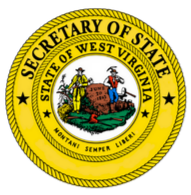Start by understanding trauma and practicing digital wellness
By: Samantha Ragland
This is a hard time for all journalists. It’s a time when we are more journalist than any other role we hold. It’s a time when our attempts at escaping this work, this role, are halted by even the slightest news consumers in our lives. Still, this is not a time that we should forget that, yes, we are more than journalists.
We are people — mothers and fathers, sons, daughters, friends and coaches and caregivers. We have families and lives outside this work and beyond these screens.
So when it comes to us — to you caring for you — start with knowing that the work of being a journalist is an occupational hazard. As I teach in Poynter’s trauma and resilience course, it is impossible to see what you’ve seen, share the stories you’ve shared and not pick up a residue of stress and trauma.
The two manifest in all of us differently. (If you haven’t already, read Hannah Storm’s PTSD story to see what I mean.) But what I’ve seen through delivering this training to newsrooms is that often we discount or downgrade how we’re feeling. Sometimes, it’s because, well, we’re journalists. We’ve got thick skin, no tears and a mission. And sometimes, this is because we’re not on the frontlines of the election story or the pandemic story or the racial equity story or … the list goes on. …
Read more: https://www.poynter.org/business-work/2020/how-journalists-can-ward-off-burnout/




